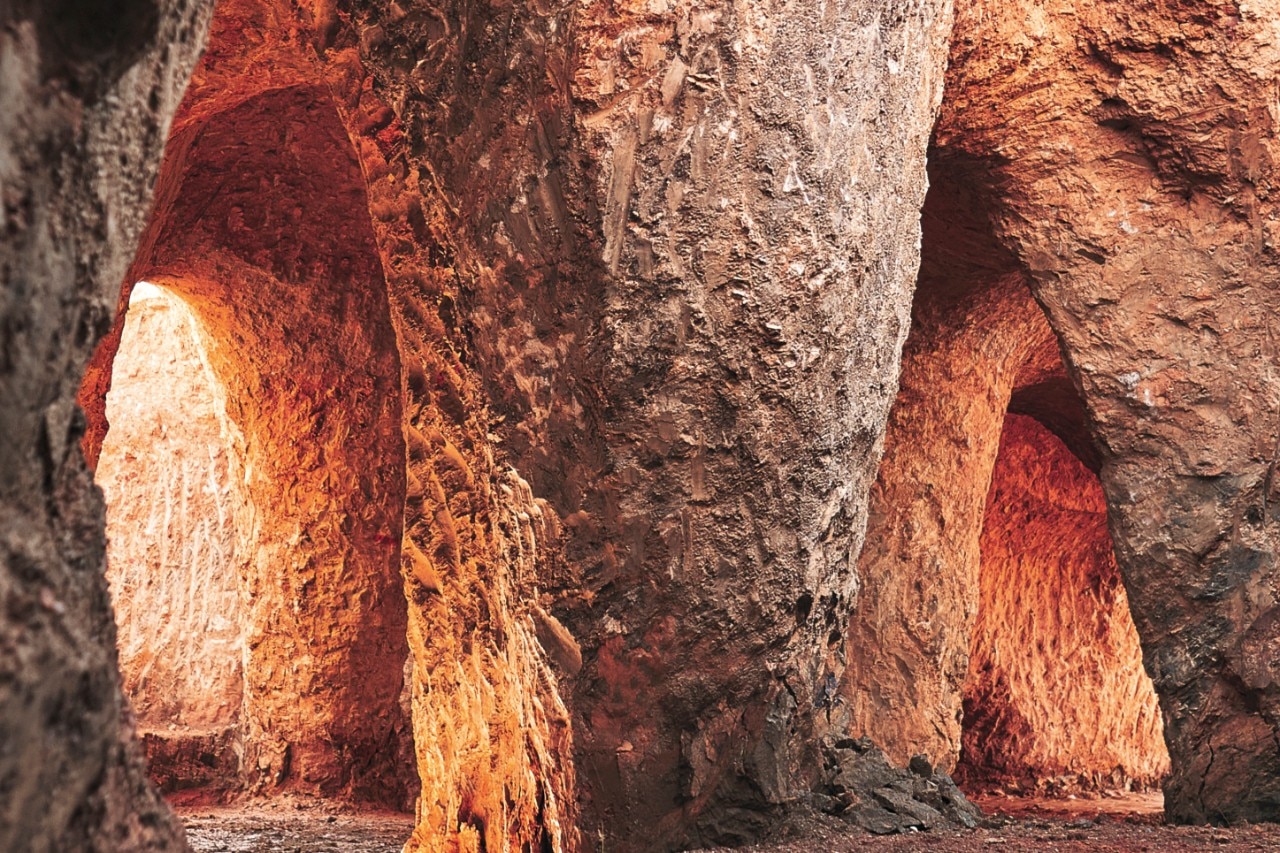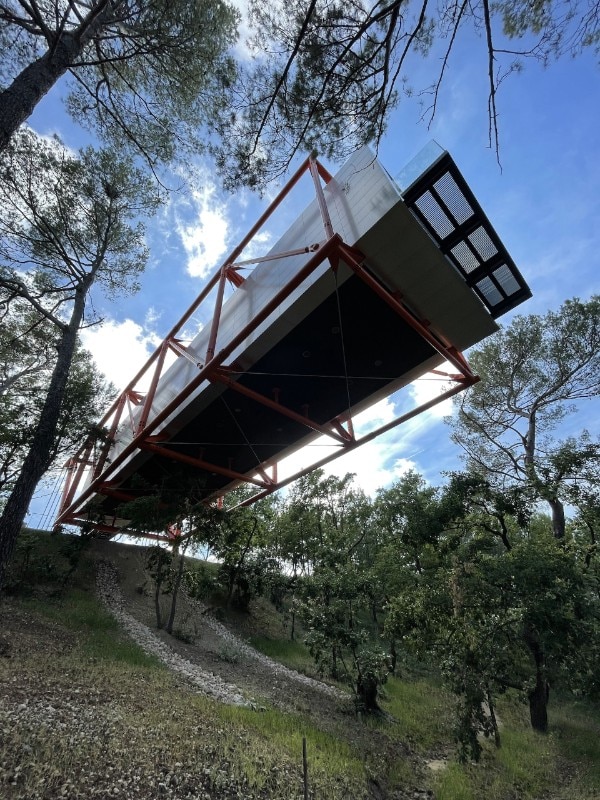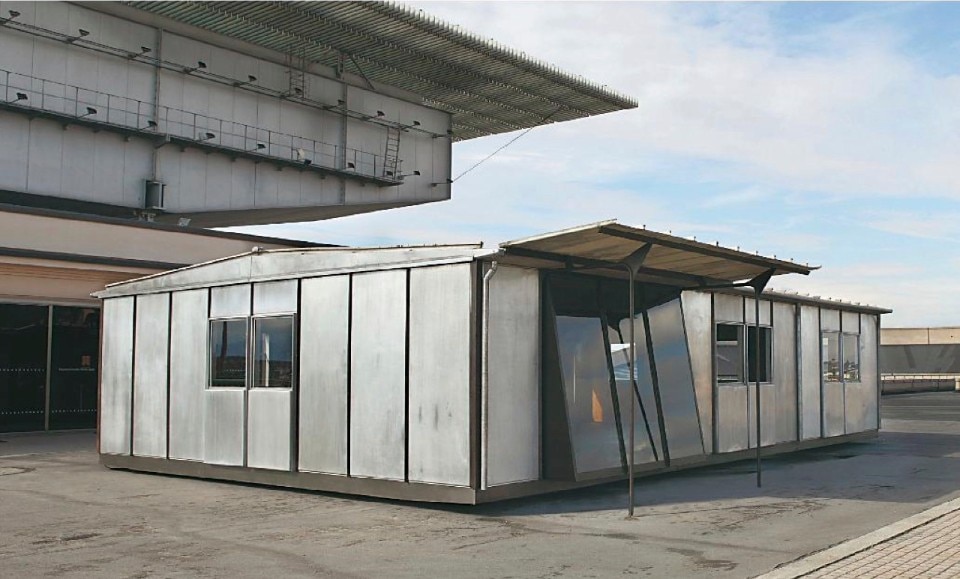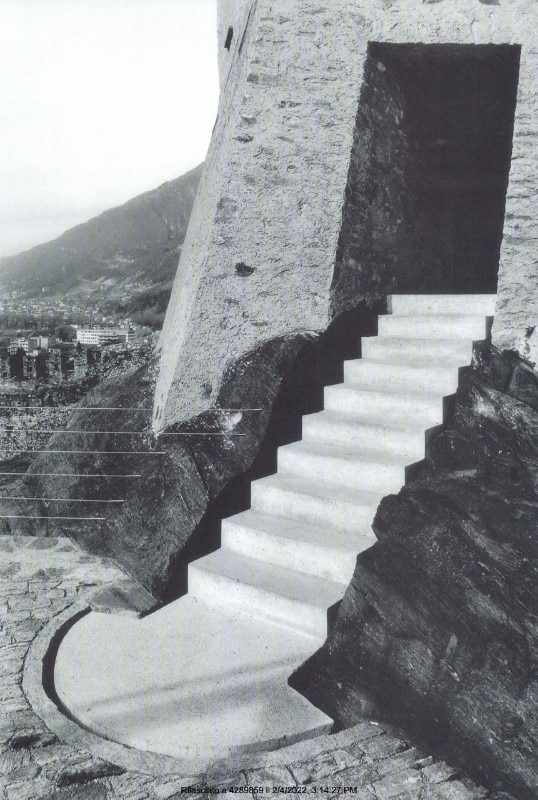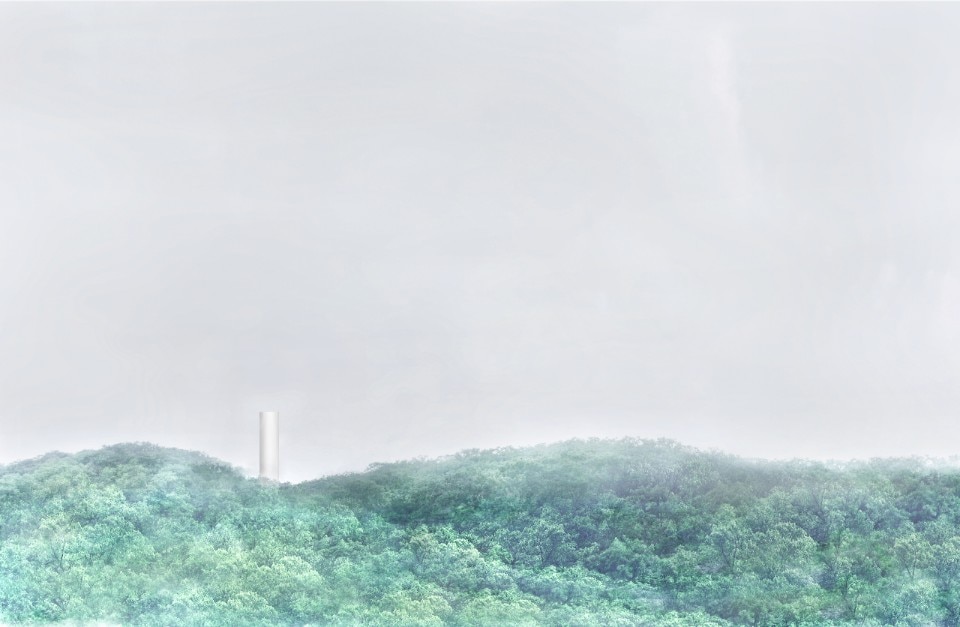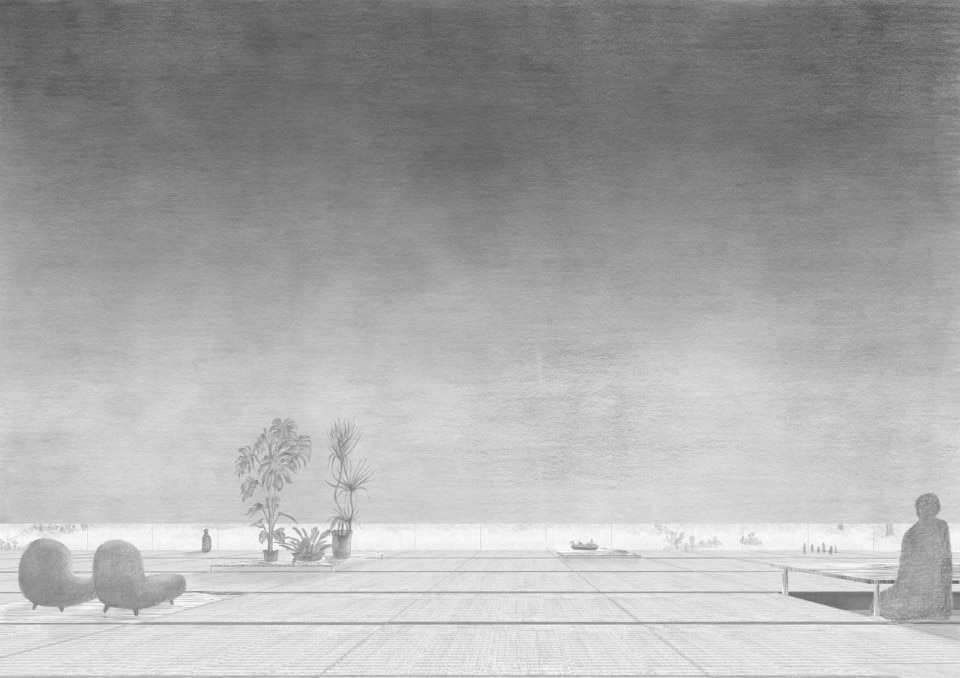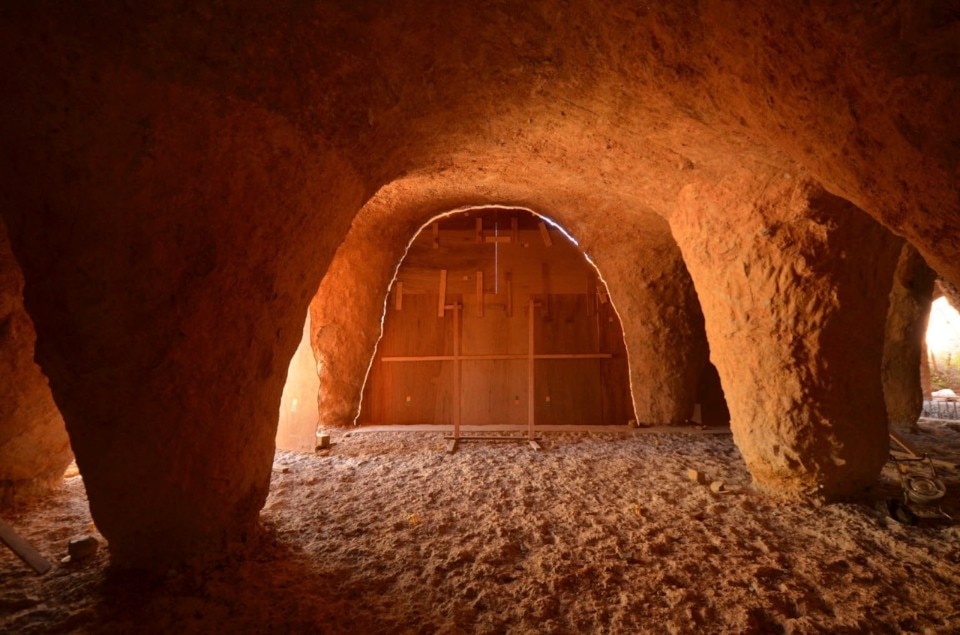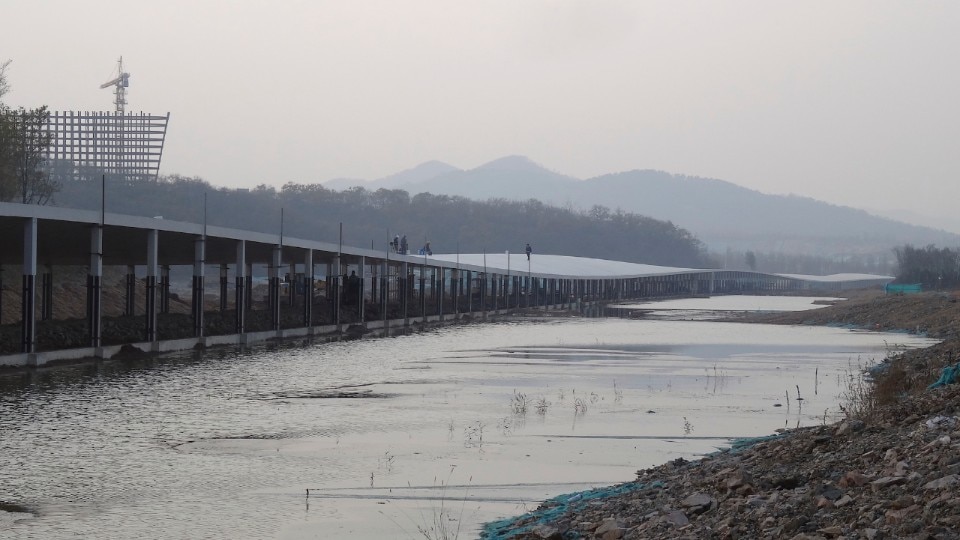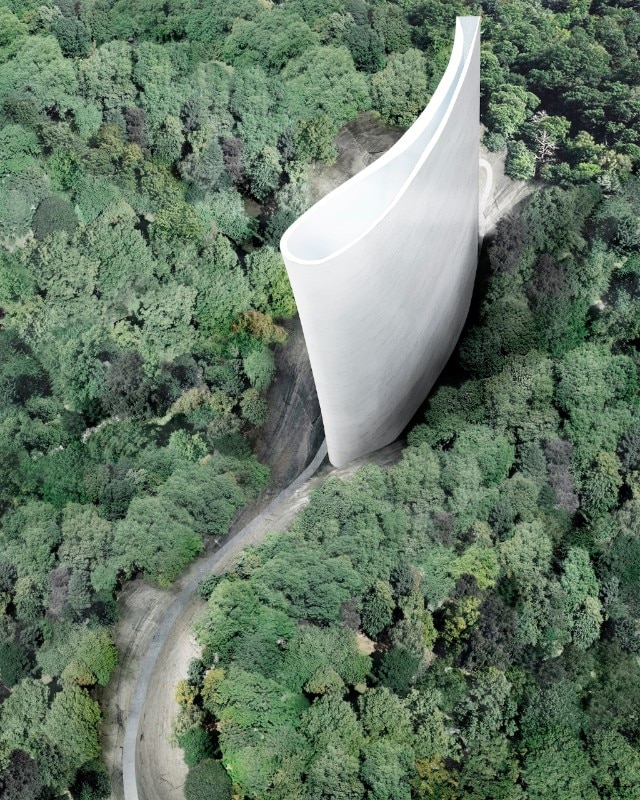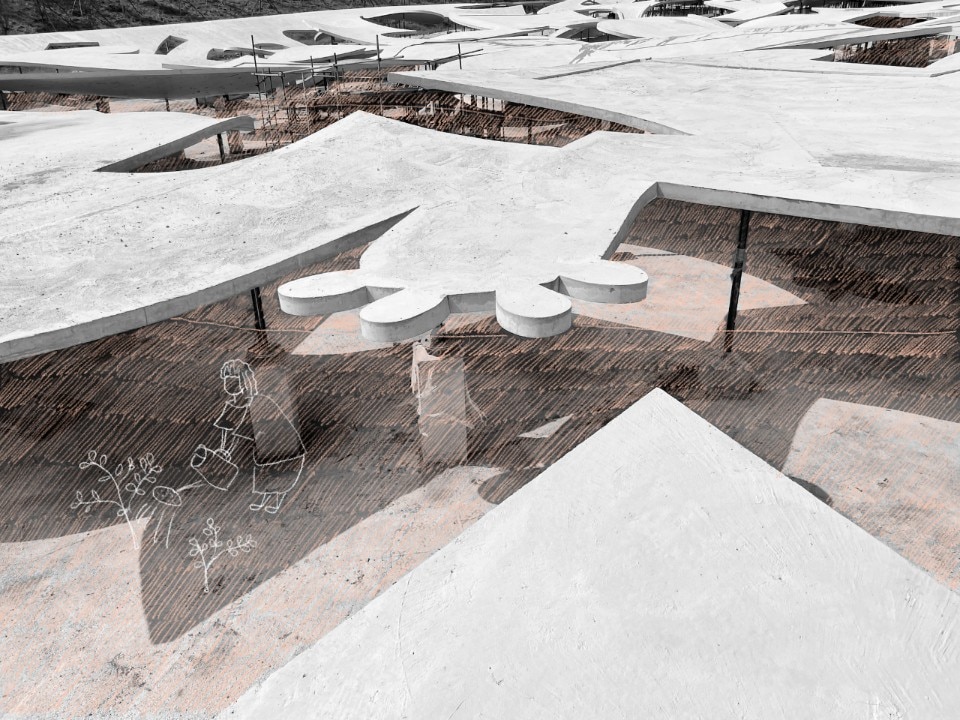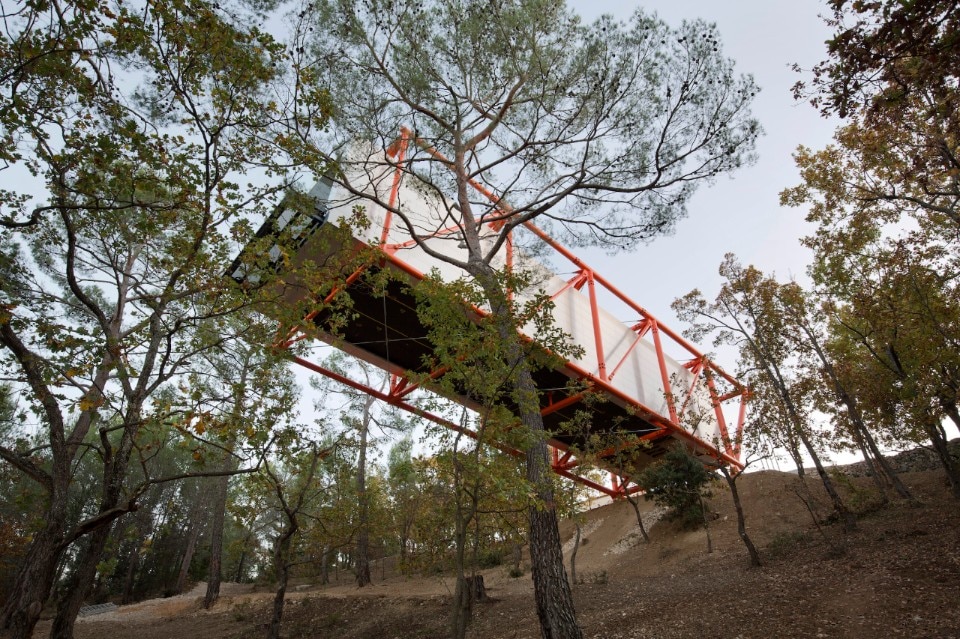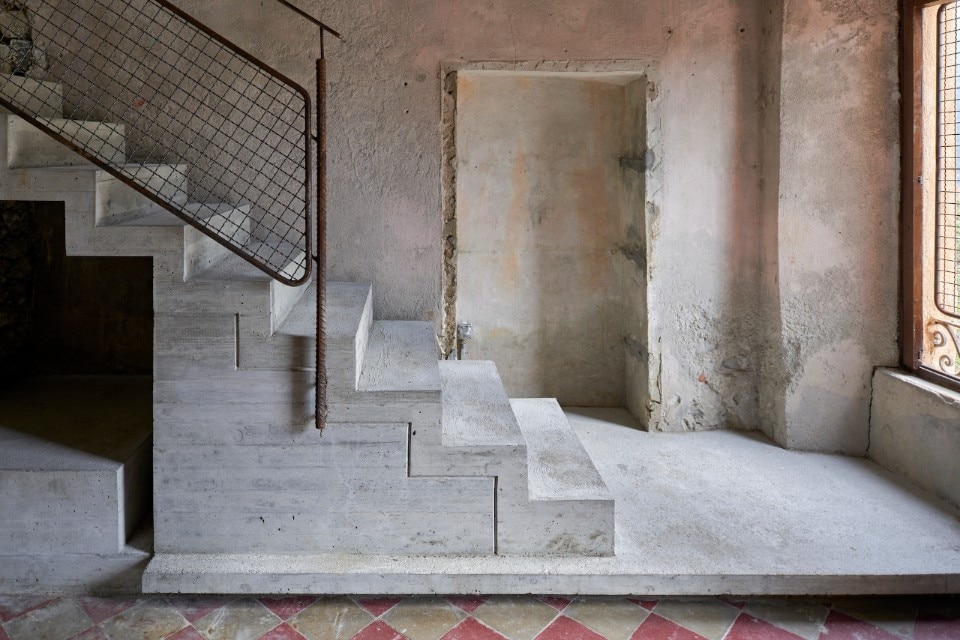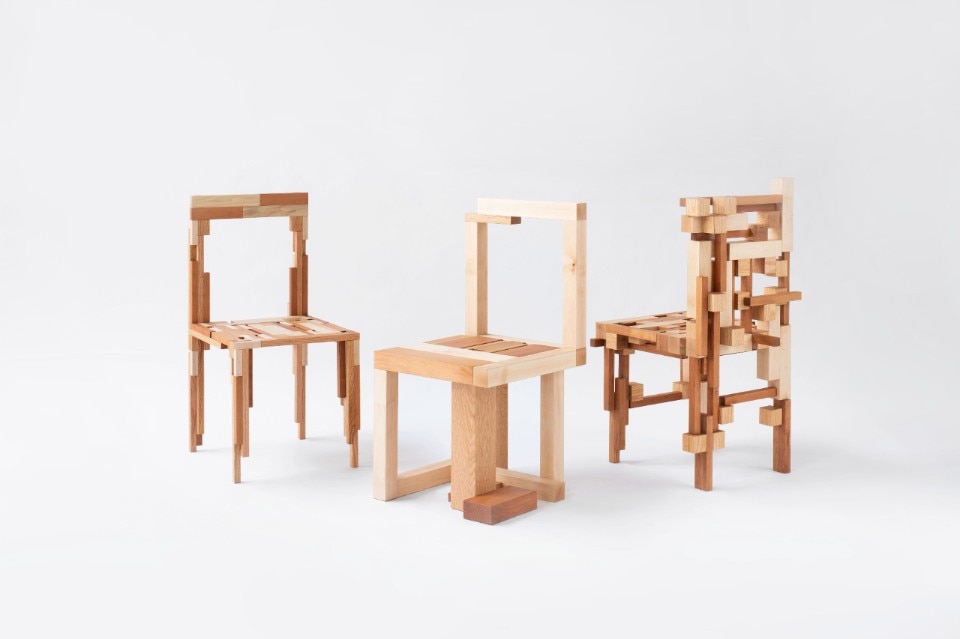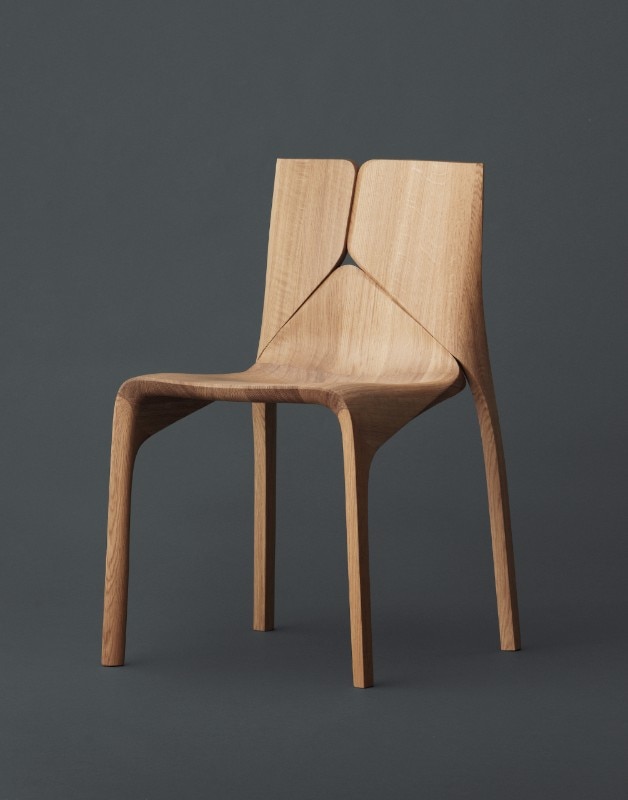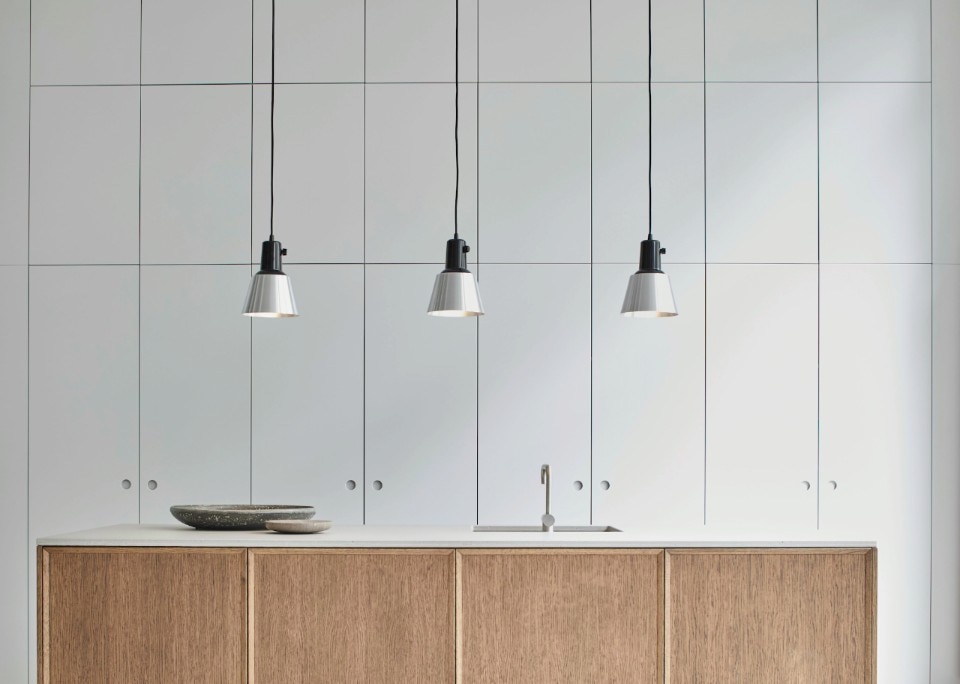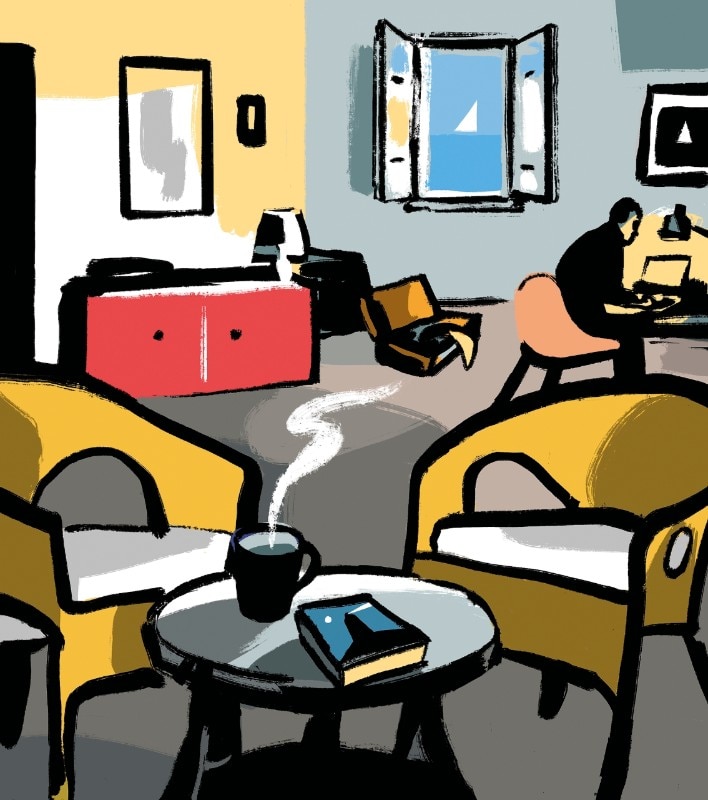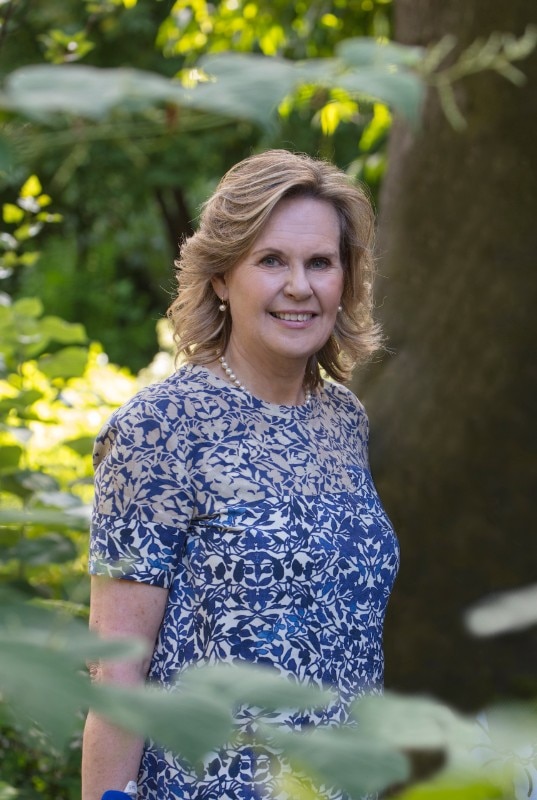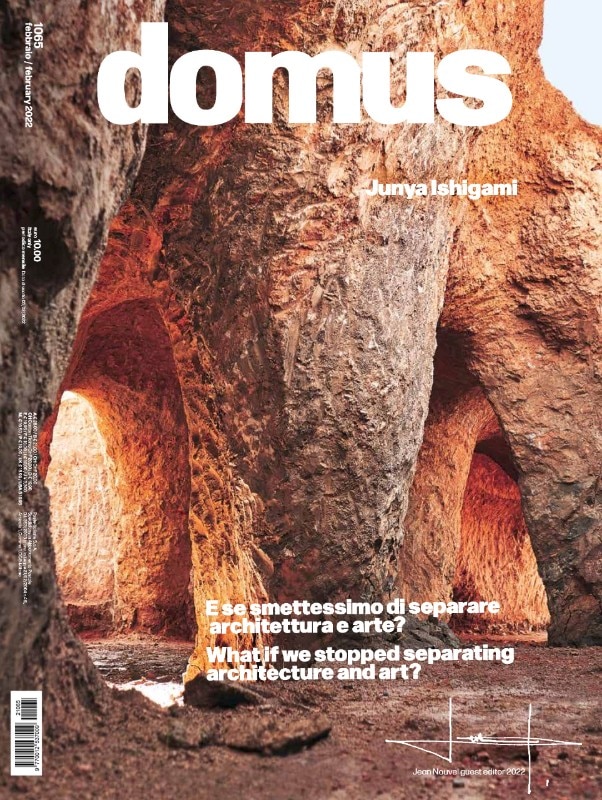The February issue of Domus 1065 focuses on the link between the discipline of architecture and art. It continues the research path started by new Guest Editor Jean Nouvel, who in his second Editorial writes about how architects are the only figures whose goal is to offer small, permanent pleasures with their architecture. “There is an urgent need to decide that, in order to allow us to live happily, every crucial choice about the evolution of our cities and neighborhoods should be made by architects who are poets, who are endowed with empathy and who have embraced the conviction that architecture is an art that does not boast of being an art, that architecture is an art and needs to invite other artists.”
Next in the Essays is philologist and museum director Donatien Grau, who writes about the combined impact of the civil pressure imposed on architects and the commercial and social pressure imposed on artists has led to a kind of separation. Swiss architect Nicola Navone traces the work of the master Aurelio Galfetti, who died last December: “the ability to look at reality without nostalgia or regret, animated by a lucid optimism of will, aware of the problems, but at the same time convinced of the possibility of remedying them by doing one’s job to the full.”
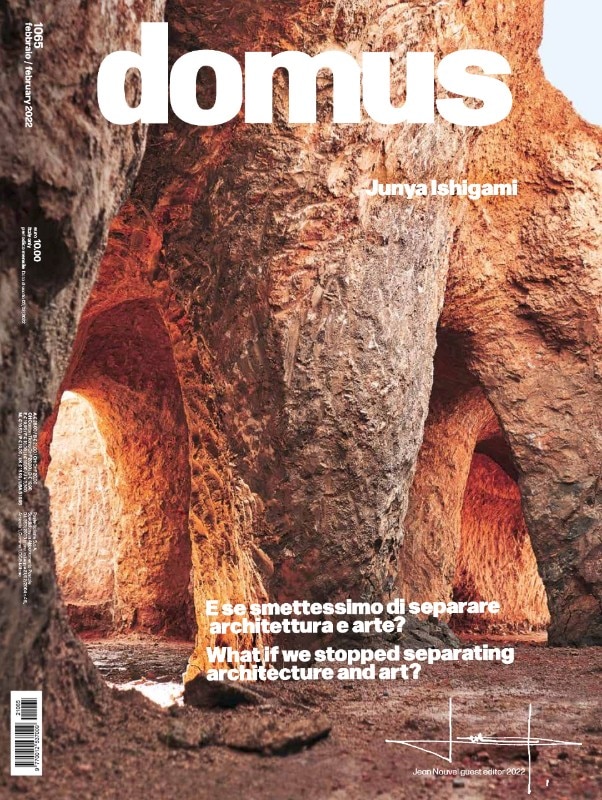
The first part of the Architecture section is dedicated to Junya Ishigami, opening with a paper from Hervé Chandès, director-general of the Fondation Cartier for whom the Japanese architect had curated the “Freeing Architecture” exhibition in 2018. On this occasion, Ishigami demonstrated his capacity for imagination beyond the confines of the architectural scale, with the subtle touch of an almost naïve spirit. The first project recounted is the Mother’s house, located on the site of his grandparents’ home surrounded by rice fields. This is followed by Noël House and Restaurant, where the client wanted to combine a restaurant and his private home in a single architecture. The boundary between the two destinations was not to be clear-cut: the liveliness of the restaurant and the everyday life of the home were to meet in a space as solid as a cave. We then move on to China, where Ishigami curated a group of three architectures in Shandong: Cultural Centre, a walkway-like pathway that winds for a kilometer above the water; Chapel of the Valley, an ecumenical temple located at the bottom of a small gorge in the landscape; Forest Kindergarten, an outdoor educational space.
This is followed by a reminder of Richard Rogers, for whom we report in this issue on the Drawing Gallery at Luberon Nature Park, a long museum promenade in the clear void: it connects artists with the earth and the cosmos at the same time. The section closes with Il Grotto della Roccia by Enrico Sassi, a small early 20th-century building set in the rock at the beginning of the Gandria path on Lake Lugano. In spite of the poor state of the building, which has been in a total state of abandonment for almost a century, it was decided to carry out a conservative intervention that would maintain its original appearance as much as possible.
The pages of the Art section are dedicated to Tatiana Trouvé’s installation The Guardians, on show at the Bourse de Commerce in Paris, sculptures made of bronze that become indicators of both monumentality and evolution in the museum’s itinerary: bronze is modified by atmospheric agents, without the works deteriorating as a result.
For Design, we see the Leftover Synthesis series of chairs, an exploration by designer Simon Gehring aimed at finding a way to make the most of wood waste, especially that produced in the furniture industry, by combining it with computational design methods. Architect Martine Bedin – one of the founders of the avant-garde group Memphis – recalls the design process of Zaha Hadid’s Seyun chair. “This chair, as well as all the objects produced by Karimoku, was perhaps for her an expression of something more intimate, the opposite of her architecture.”
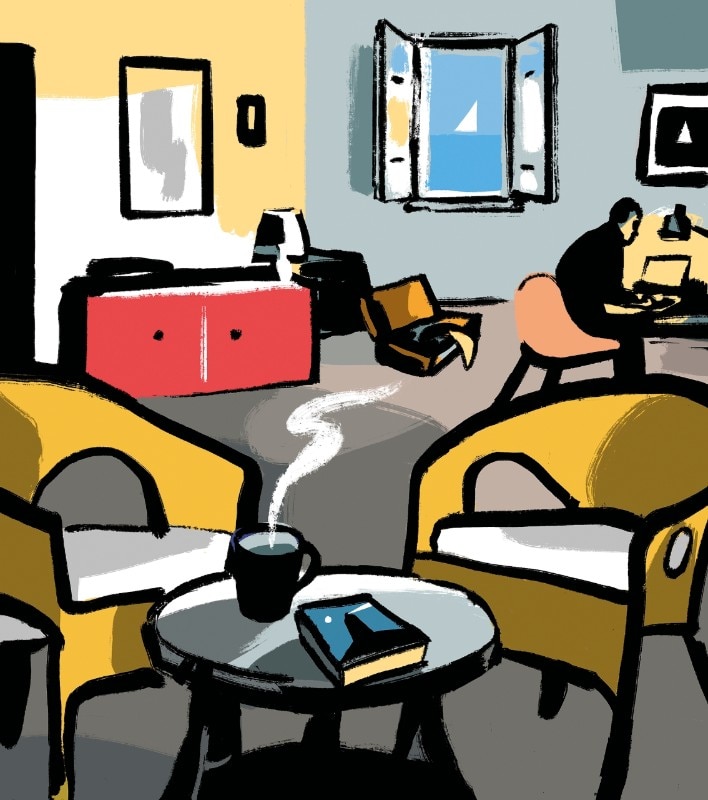
This month’s Diario, pages dedicated to current affairs, is opened by the Points of view section, where Italian architects Giacomo Ardesio and Matteo Ghidoni discuss the theme of urban centers and their role in urban transformations. For Graphics, Francesco Franchi tells us about the role of graphic designers in representing society and the resulting potential to be transformative and inclusive if created by people with different identities, backgrounds, and skills. Antonio Armano tells us about the double life of the German company Midgard: founded in 1919 by engineer Curt Fischer and reborn out of passion in 2014-2015 thanks to David Einsiedler and Joke Rasch. For the column Others’ houses, writer Andrea Bajani recounts his stays in Kiel, two short periods of ten days each, in what he describes as “little more than a large room, but which had everything it needed to look like a home”. Walter Mariotti, Editorial Director of Domus, closes the issue by writing about his meeting with Judith Wade, founder of Grandi Giardini Italiani, which went international in 2010 with Gardens of Switzerland, followed nine years later by Great Gardens of the world. The attempt: to track down a novel on the borders of Europe.


